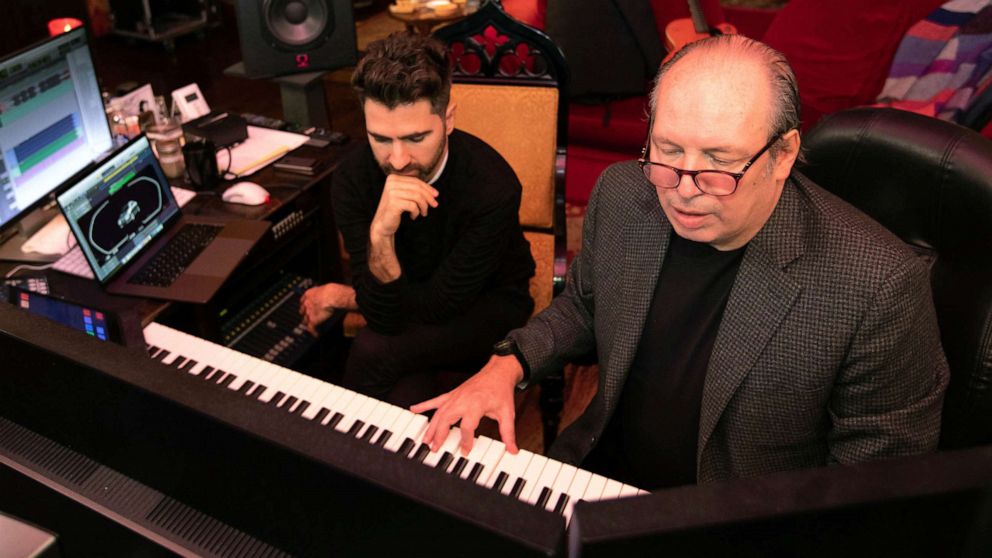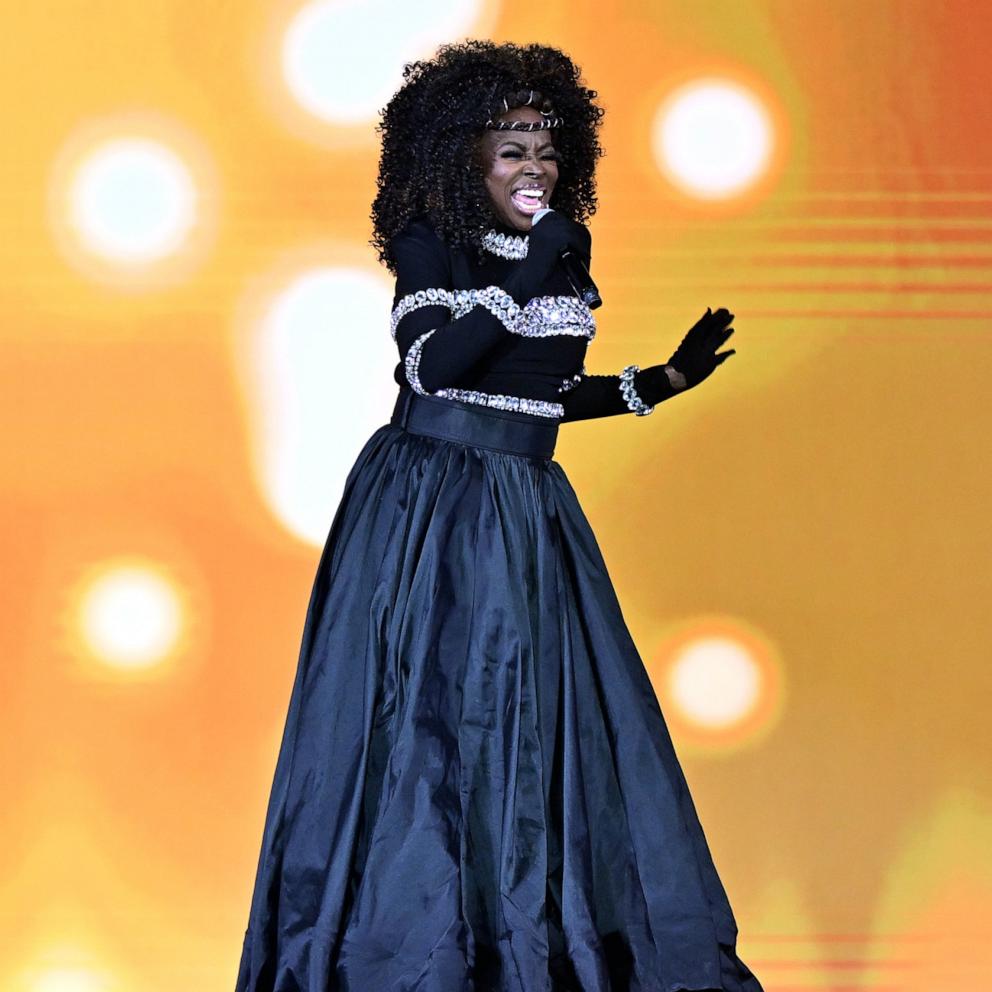Famed composer Hans Zimmer's new score: Giving sound to an electric car
The 600-horsepower supercar on display in Munich typified the future for German automaker BMW: bold, visionary, powerful.
Called the Vision M NEXT, the wedge-shaped plug-in hybrid concept car, wrapped in matte colors like "Thrilling Orange" and "Cast Silver," was equally polarizing and enthralling.
All it needed was a voice.
Car companies have been grappling for years with how to acoustically assist drivers in quiet vehicles. Gone are the deep rumbles, distinctive growls and high pitch whines of an internal combustion engine that have always been a reliable soundtrack and alert system.
In BMW's case, that assignment belonged to Hans Zimmer, the renowned Oscar-winning composer and record producer. BMW hired Zimmer to develop the drive sounds for the Vision M NEXT, which debuted last June to much fanfare. Zimmer and BMW acoustic sound engineer Renzo Vitale spent months at Zimmer's recording studios in London and Santa Monica, tinkering with the "boom sound" that would envelop the driver when the car was in full electric mode.
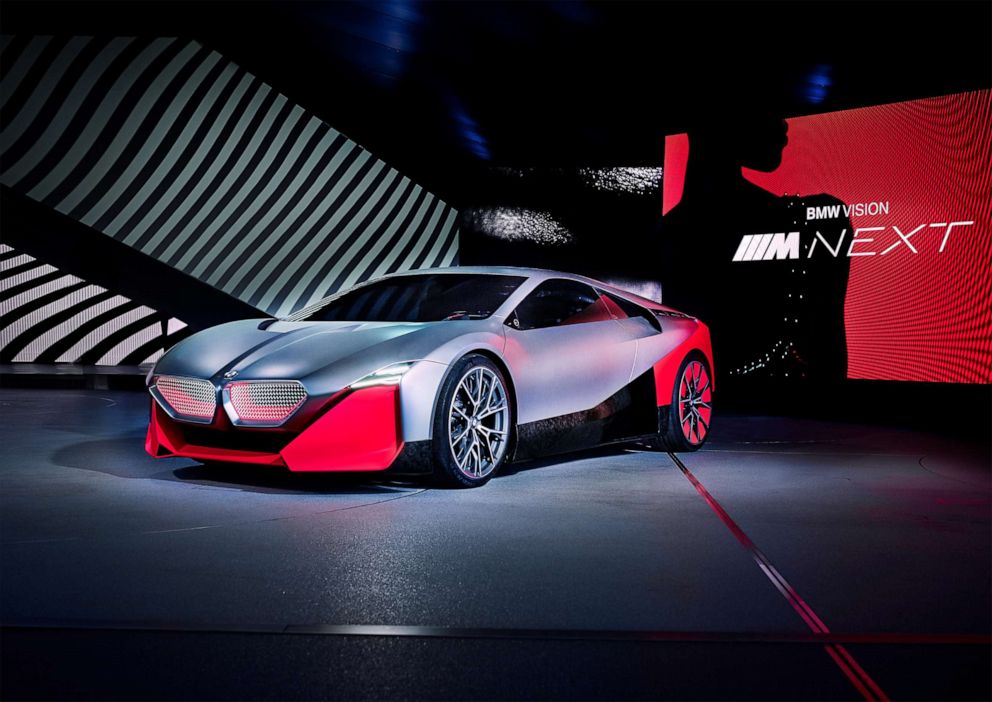
"We had to create a whole new soundscape," Zimmer told ABC News by phone. "We were not tied to the sound of a petrol engine anymore. I can't remember how many versions were produced; it's such a fluid process. You start with an idea and play around with it, see what reaction you get. The sounds do have to serve a purpose."
Zimmer described the final result as "poetic," adding that the sound had to match the driver's adrenaline as the Vision M NEXT picked up speed.
He will also be in charge of developing e-sounds for future BMW EVs and plug-in hybrids, a project called BMW IconicSounds Electric. Composing a soundtrack for a silent vehicle was no different than composing a film score or writing a piece of music, Zimmer said.
"It's just interesting for me to be able to work with a completely different new medium," he said. "As this conversation started to develop around electric cars, it made me think as a musician, what could the world sound like?"
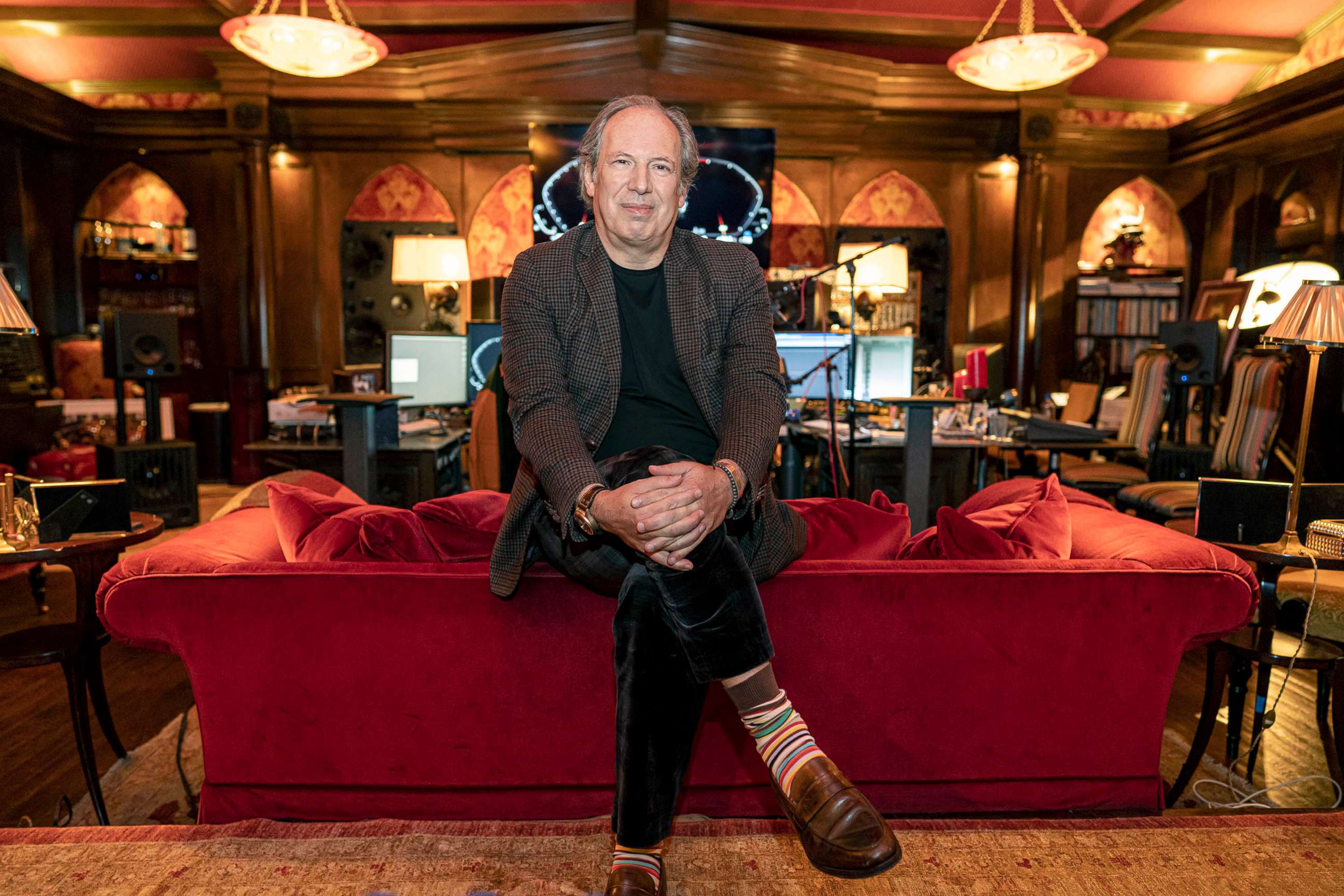
Thomas Dolby, who has created original music for feature films produced by George Lucas, Steven Spielberg and Ken Russell and now teaches at Johns Hopkins Peabody Institute, applauded automakers for hiring professional musicians to produce their acoustics, a move that video game makers employed years ago to huge success.
"Manufacturers are starting to hire talent from other industries and that's the right thing to do," he told ABC News. "Sound is very distinctive and identity is everything to automakers."
To get the proper sound for the Mustang Mach-E all-electric SUV, Ford engineer Mark Clapper had his team operate the vehicle in a virtual world to perfect the vehicle's acoustic feedback to drivers.
"We modeled Angels Crest [highway] in Los Angeles and took ourselves through the route," he told ABC News. "It was like a video game immersion."
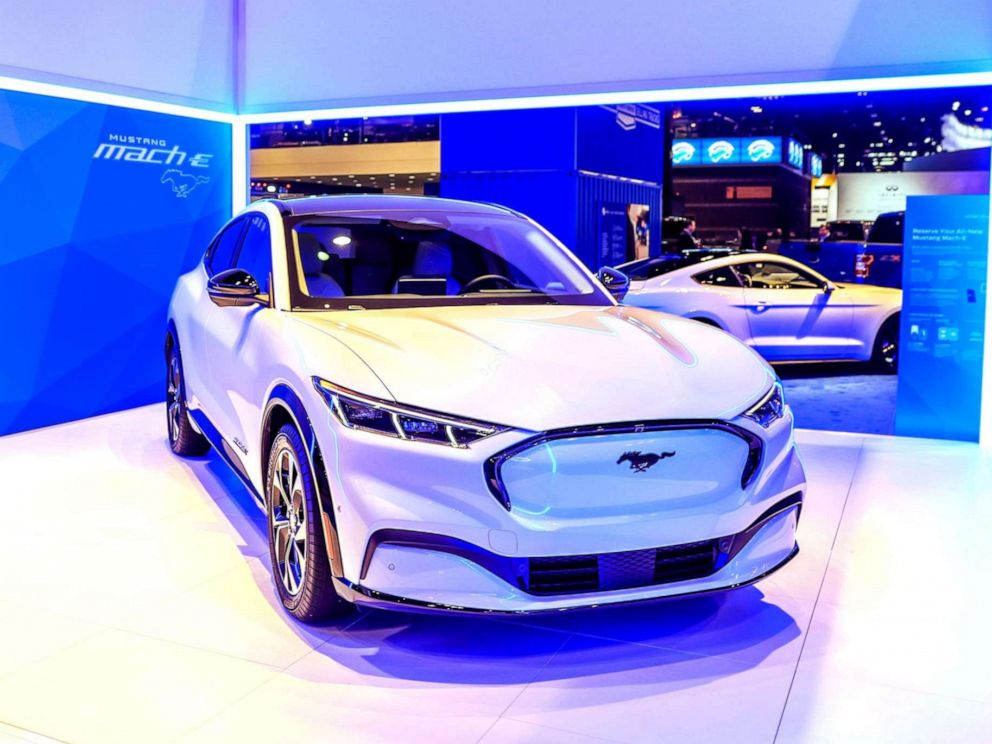
Clapper said 30 sounds were whittled down to 12 before pedestrian testing took place. Ford even hired three film studios as part of its design competition.
"We felt some level of pressure with the Mach-E," Clapper said. "The process was equally painful and rewarding."
Sound engineers working on Mustang sports cars are always trying "to push the boundaries of how loud the engine can be," said Clapper. The Mach-E, however, presented its own challenges.
"Now we have to minimize levels of sound. It could not be a 'vroom vroom,'" he said.
The sound character of an EV may be even more important to those who are not behind the wheel. Legislation passed in the U.S., Japan and Europe demands that quieter vehicles emit sounds for detection by the blind and visually impaired. Starting in September, all EVs and hybrid vehicles operating in electric-only mode in the U.S. will be required to make a sound at speeds below 18.6 mph. New EVs in Europe now have to be equipped with an artificial sound that can be heard at speeds up to 20 kilometers per hour (12.4 mph).
Japanese automaker Nissan started developing the sound for its all-electric Nissan Leaf as early as 2010.
"Nissan decided to be proactive," Heather Konet, an engineer at Nissan North America, told ABC News. "The first thing we did was meet with the blind community to get a sense of challenges for them as pedestrians. It was a new domain for us."
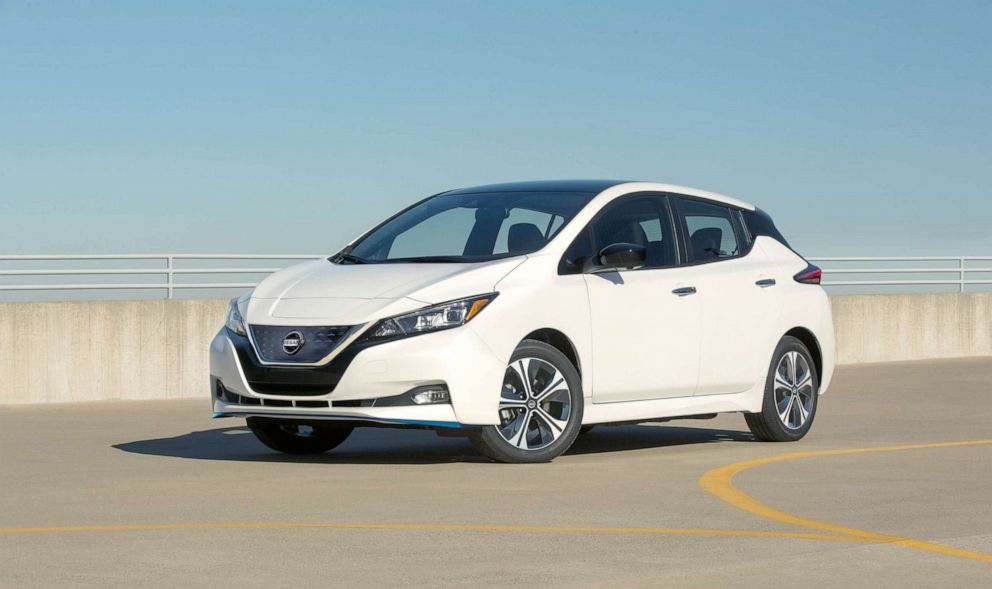
Working closely with the Detroit Institute of Ophthalmology and sound psychology experts at Vanderbilt Medical University Center, Nissan's engineers generated various sound files for testing. Then the real-life experiments began at Western Michigan University.
"We came up with dozens of different sound frequency characteristics," Konet said. "We needed a sound that customers accepted and was detected by pedestrians."
The pitch and tone of the company's audio alert system, since named "Canto," have been adjusted in the 2020 Leaf to meet the upcoming regulations. A second speaker was added inside the engine compartment and the car was modified to include a pulsing chime when reversing. Nissan said the changes were implemented to make the sounds "more apparent" to bystanders.
Dae Kim, a professor at Western Michigan University's department of blindness and low vision studies, has worked with numerous automakers on alerting systems, including Nissan. There is no "ideal" sound for warning pedestrians of an oncoming EV, he noted, but the sound has to include lower frequency bands to be effective.
"Sounds that are similar to what's already in the environment is unacceptable," he told ABC News. "Blind people don't want to worry about an electric car sneaking up on them."
Fredrik Hagman, one of Volvo's sound engineers for the upcoming XC40 Recharge all-electric SUV, said melodies perceived as disruptive or alien to cities and communities were purposely ruled out.
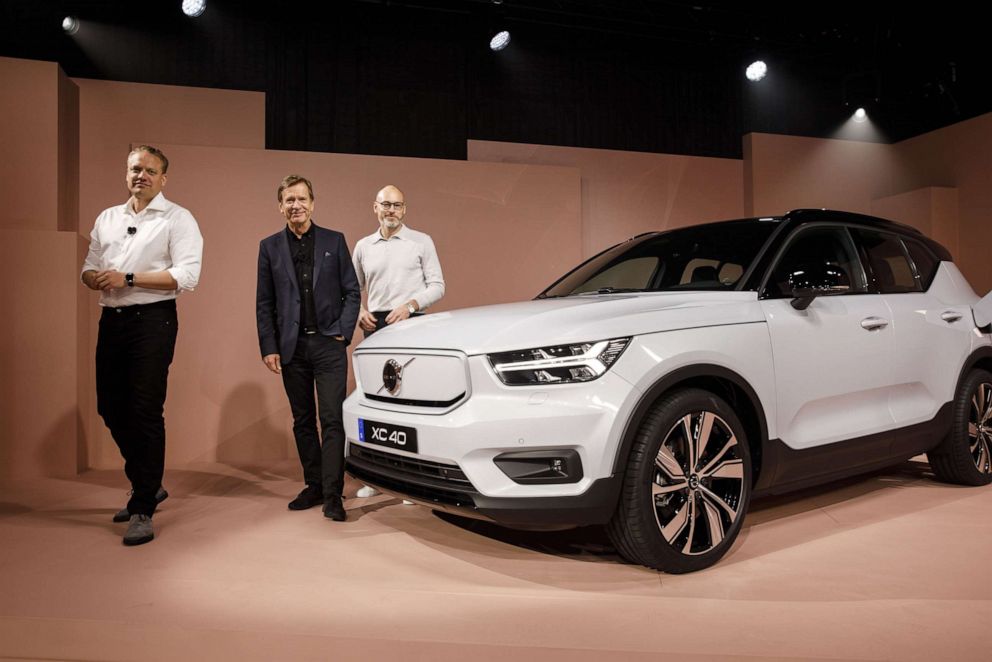
"We don't want pedestrians and cyclists wondering what the sound is or what produces it but simply intuitively inform them that there's a car coming," he told ABC News. "The sound is also designed so that you, as a driver, could enjoy a nice, silent ride."
At British automaker Jaguar, "everything was on the table" in terms of sound for the company's first-ever electric vehicle, the I-PACE, according to Iain Suffield, a noise, vibration and harshness (NVH) technical specialist at Jaguar.
The first attempts failed badly: pedestrians were observed looking up at the sky rather than the road as the I-PACE approached. Engineers realized the sound too closely mimicked a sci-fi spacecraft. An ersatz internal combustion engine noise was shelved too. "Not authentic," said Suffield.
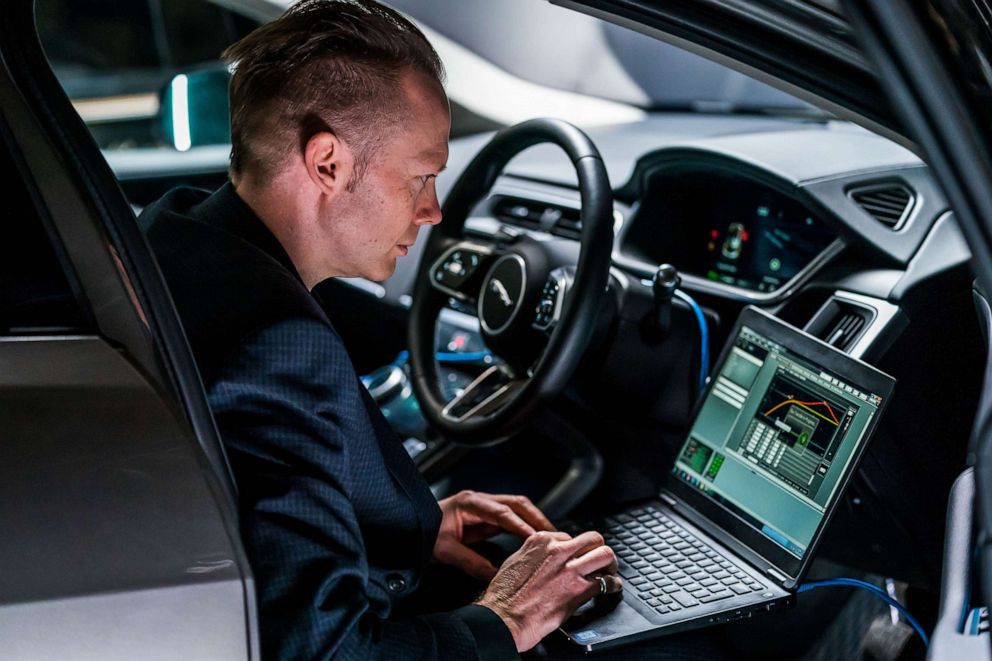
"The sonic and visual language had to match up and the sound had to reflect the Jaguar brand," he explained. "We had to sell the car as a complete package."
Zimmer said BMW gave him the freedom to experiment with new sound concepts for the Vision M NEXT and some of those ideas emerged as he was driving his own electric car.
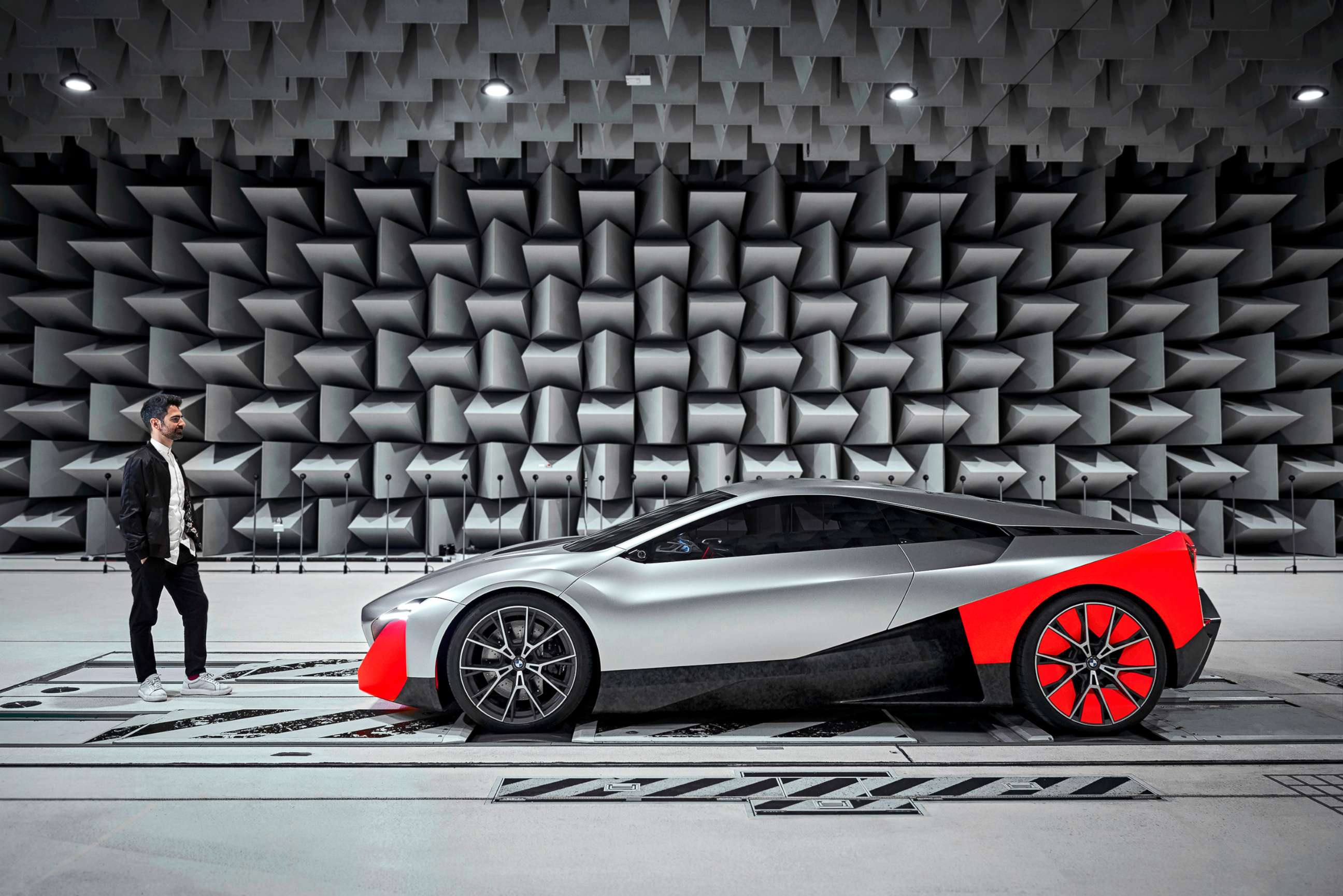
"The mandate was to invent, to try to be original," he said. "BMW was so kind to give me another orchestra to play with -- called the car."
